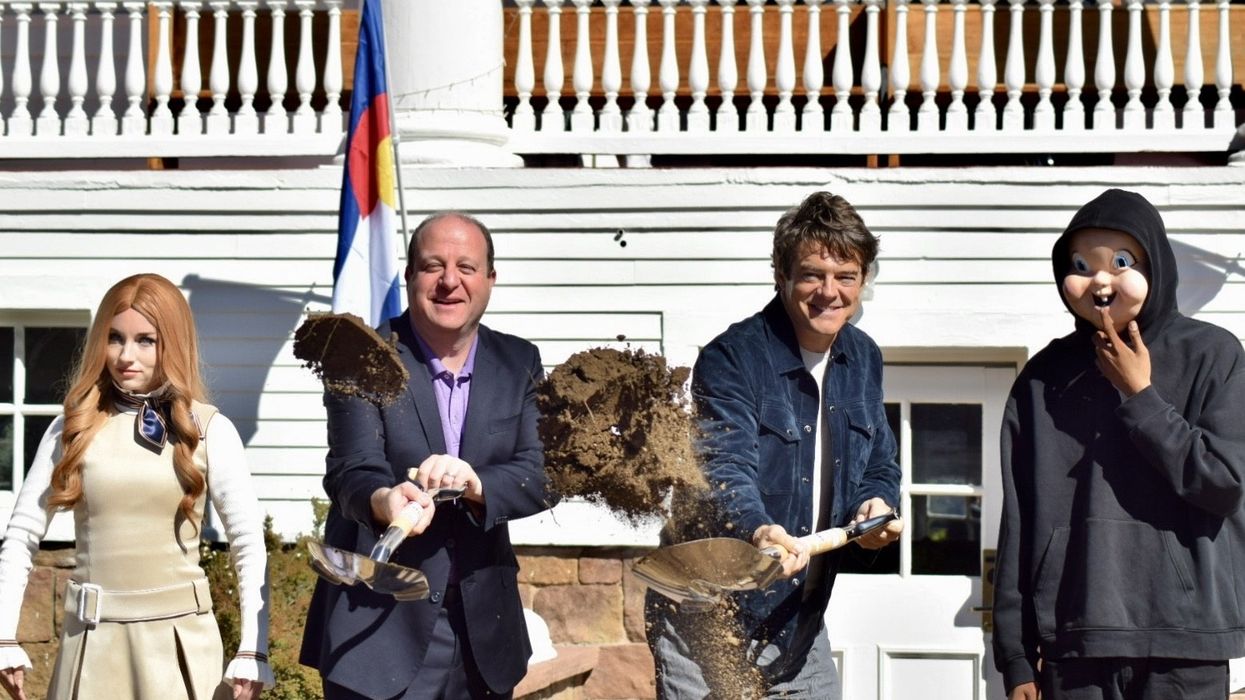Ideum, an experiential designer of interactive exhibits,has unveiled details of a group of three exhibits which it has created for the new Dueling Dinosaurs exhibition at the North Carolina Museum of Natural Sciences, US.
The collection of exhibits offers a contemporary view of the potential of 3D digitisation through the use of 3D models to achieve a range of interpretative objectives.
A spokesperson from the firm says: "The three multimedia experiences developed by Ideum for the Dueling Dinosaurs exhibition present palaeontology as an intriguing mystery for visitors to explore through the lens of research at the North Carolina Museum of Natural Sciences. 3D models were used for accurately replicating a physical specimen, for animating envisioned paleo-art creations, and for simulating scientific processes that can be manipulated for greater exploration.
"The result is a deeply digital paleo world in which the scientifically researched details of these creatures and their ancient existence are more alive and accessible than their static, fossilized remains would suggest on their own."
Fossil reproduction
The Dueling Dinosaurs is a mysterious fossil that includes the skeletons of both a Tyrannosaur and a Triceratops. This exhibition explores this 67-million-year-old riddle and enables visitors to experience the work of palaeontologists and learn how they use fossil evidence to understand the ancient past.
The Fossil Block Theatre experience immerses guests in a physical reproduction of the Duelling Dinosaurs fossil pair.
Mapped projections move across the surface of the reproduction fossil while the narrator explainshow the museum's palaeontologists work to better understand these specimens by applyingevidence-based methodologies. The projection focuses on the minutiae that provide specific evidence,and thesurrounding animations recreate possible scenarios that could have led to the dinosaurs being fossilisedtogether.
The real fossil, which is being meticulously studied in an adjacent viewing area, is now in fragments. Ideum used CNC technology to replicate NCMNS' original, intact 3D scan of the Dueling Dinosaurs fossil. The 3D model was scaled to fit the gallery space and divided into four individual panels that were CNC milled by Ideum's fabrication team.
The milled foam was then seamed, sanded, hard-coated, and scenically painted to provide scientific precision and vivid projection. Urvogel, the 3D Paleoart specialist known for its Saurian dinosaur simulation game, created animated scenes of dinosaur motions and interactions. It also supplied surface "skins" to lay over the fossil skeleton reconstructions, adding depth to the Dueling Dinosaur narrative.
Imagining the Triceratops
In the Appearance Interactive visitors use both creative and critical thinking skills to imagine the appearance of the Triceratops from Dueling Dinosaurs, just as fossil evidence helps paleo painters understand the appearance of dinosaurs.
The exhibit uses a dynamically skinned and animated 3D model of a stomping Triceratops on a sandy Cretaceous river. There are over a thousand possible configurations for this model.
Visitors utilise the same approaches as palaeontologists to construct their own visual portrayal of a dinosaur by studying the morphology of modern creatures whose evolving appearance might help attract mates, hide, or protect them. Visitors can save or share their images on social media by scanning their unique QR code.
Holographic model
Palaeontologists study fossils without causing harm to them by using scanning technologies to see details that are invisible to the human eye. The CT Scanning Interactive, in the lab section of the Dueling Dinosaurs exhibition, combines digital and physical elements to provide an engaging, interactive experience that teaches visitors how palaeontologists discover more about extinct animals using technology.
Visitors encounter a fossilised Thescelosaurus head displayed in an exhibit case. They are able to activate a simulated CT scan of the specimen, and as a laser replicates a scan the 3D skull gradually appears in a 32" Looking Glass Holographic display at the rear of the exhibit. Visitors can also see a digital model being created on an accessible touch screen in front of them.
Visitors can examine the 3D model like a palaeontologist by rotating, pinching, and zooming. They can also look within the hologram using controls to modify the transparency, colour of grouped bones, and separation of the skull pieces.
To better understand how the dinosaur may have heard its ancient environment, visitors are invited to identify the inner ear of a Thescelosaurus and compare it to that of a barn owl, alligator, or bobcat. They can then compare Thescelosaurus' auditory experience tothe range of human hearing.
Ideum recently launched its new Reader Rail, a fabricated, all-in-one kiosk for museums and other public areas. Traditional Reader Rails are placed in front of exhibits as explanation panels and have been used for many years. The new Reader Rail in 5K ultra-high resolution provides an aesthetically pleasing, innovative alternative for museums and other attractions seeking more engaging and dynamic interpretation.
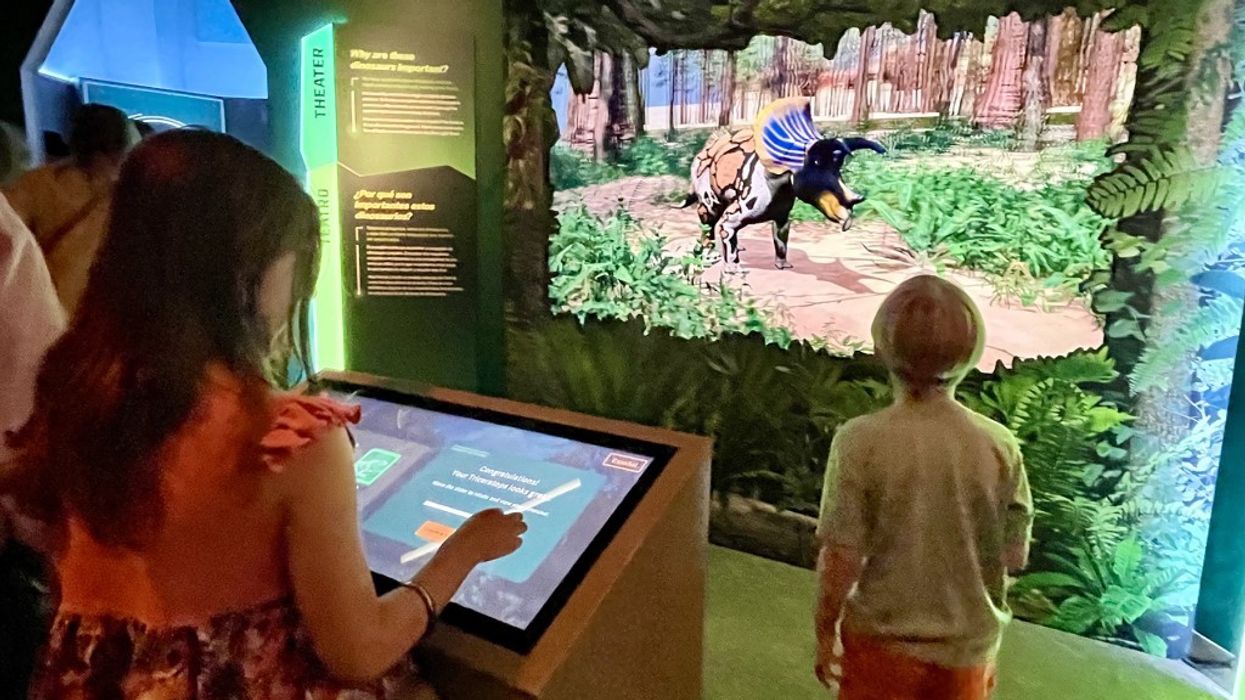


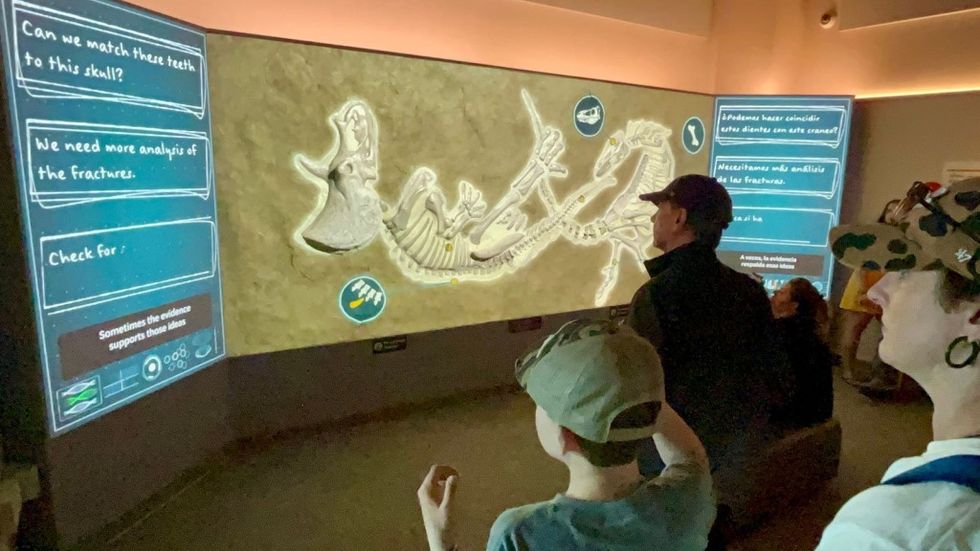
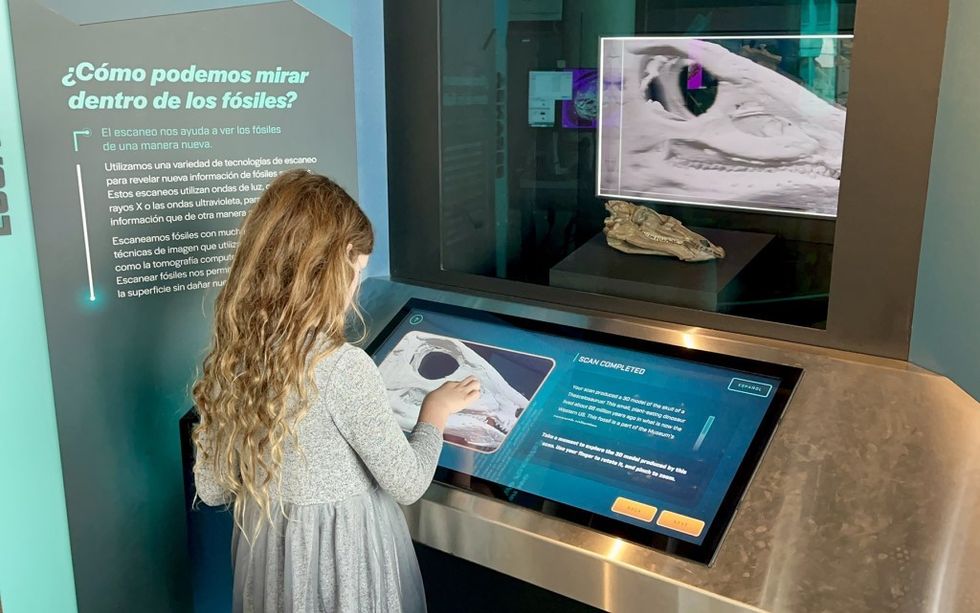



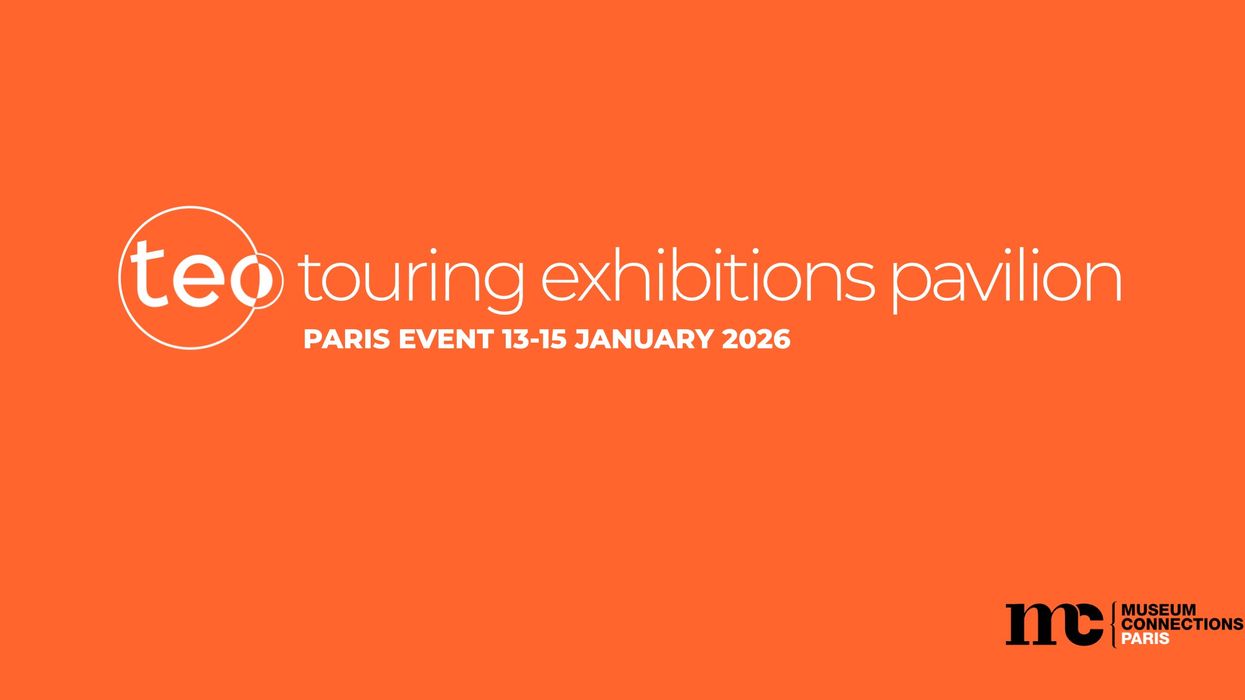










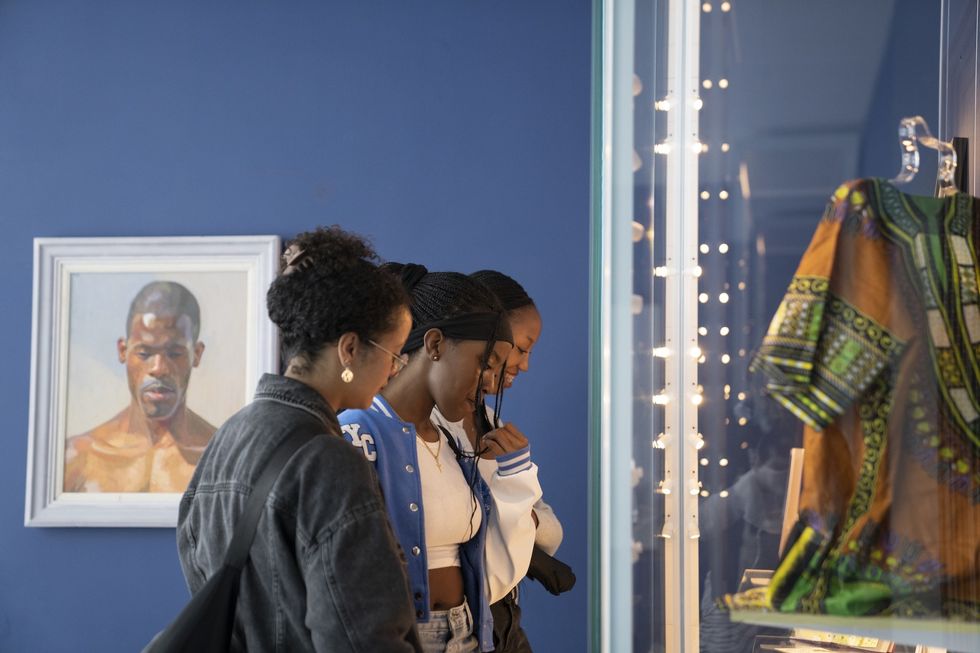


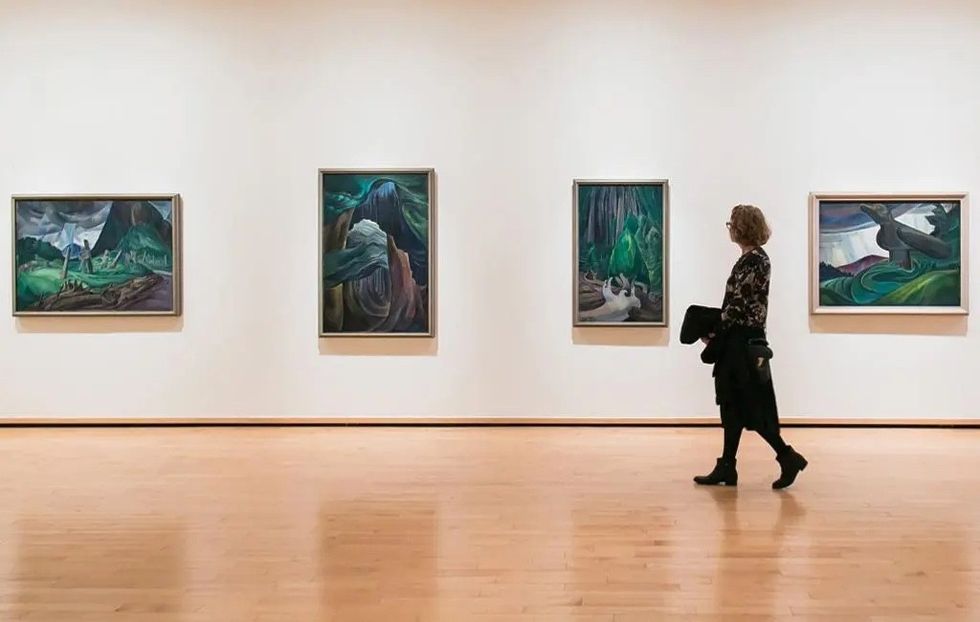
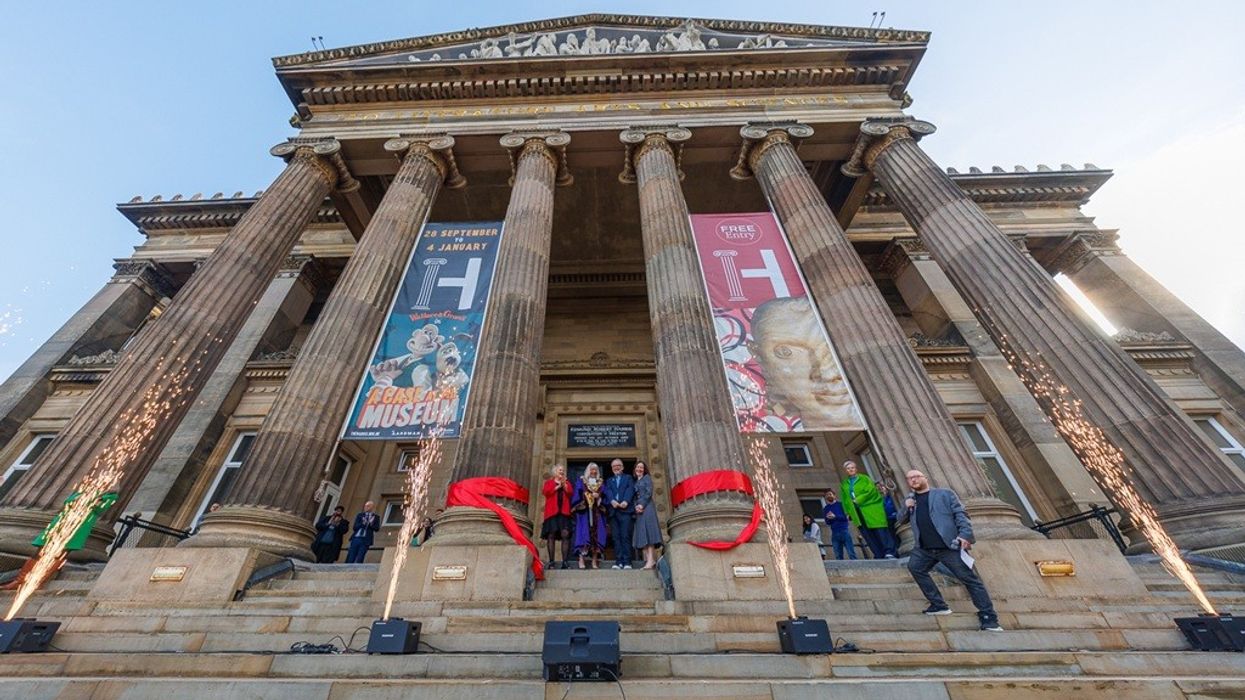
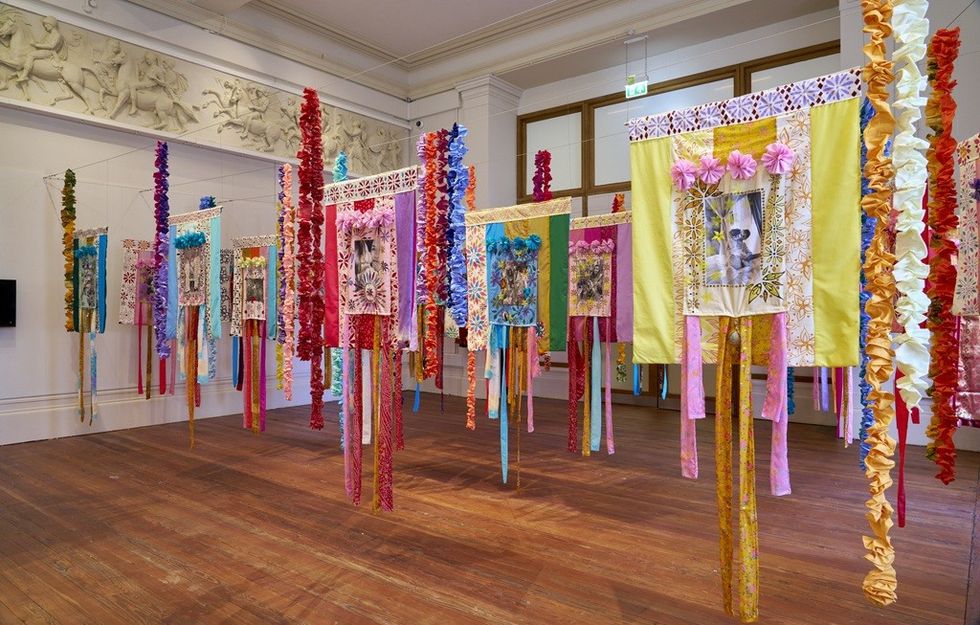 Courtesy Simon Critchley Photography
Courtesy Simon Critchley Photography Courtesy Michael Porter Photography
Courtesy Michael Porter Photography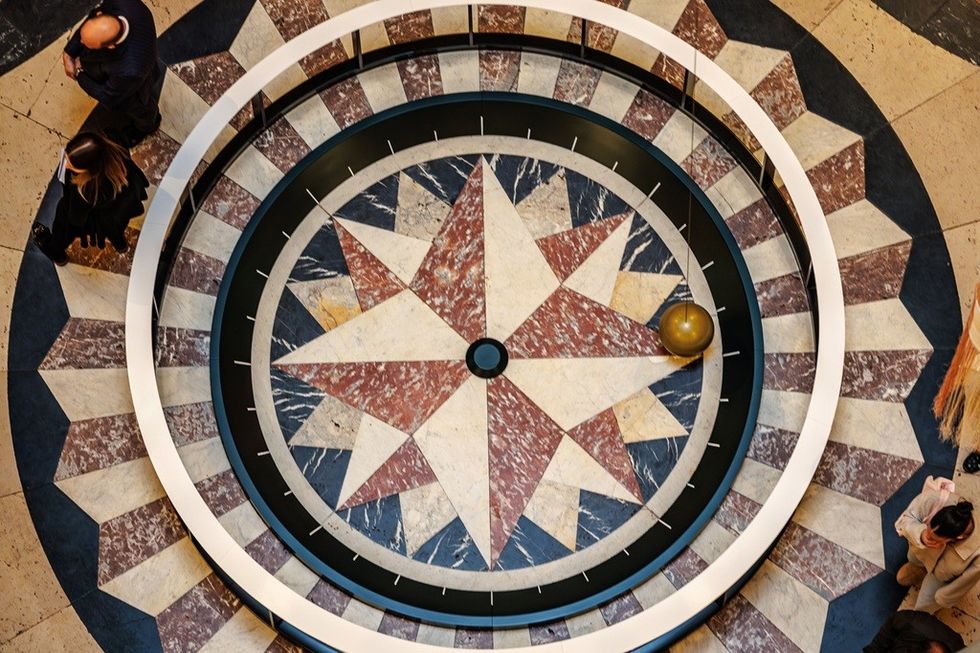 Courtesy Michael Porter Photography
Courtesy Michael Porter Photography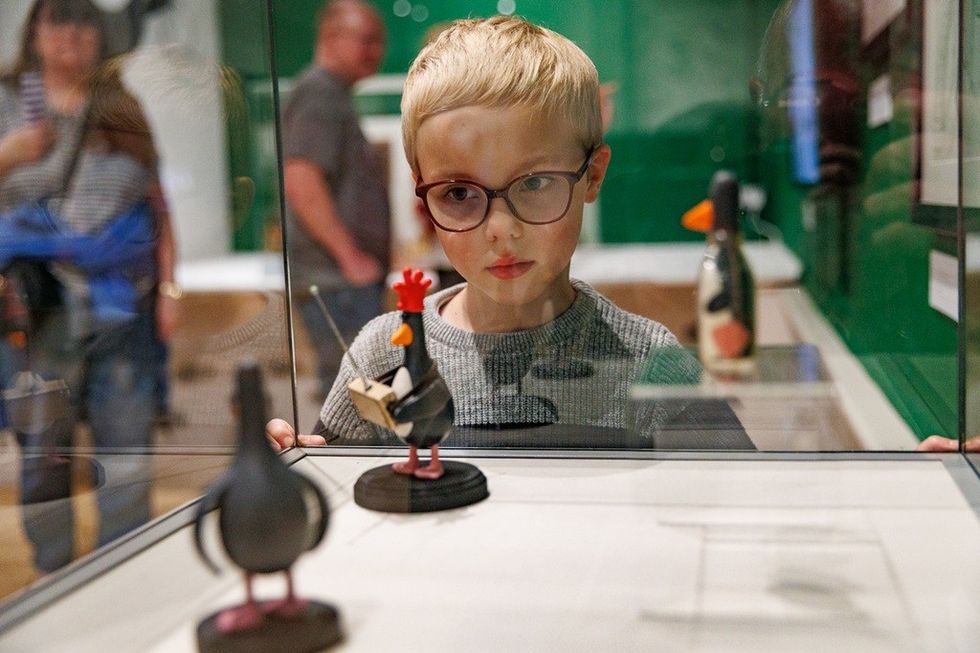 Courtesy Michael Porter Photography
Courtesy Michael Porter Photography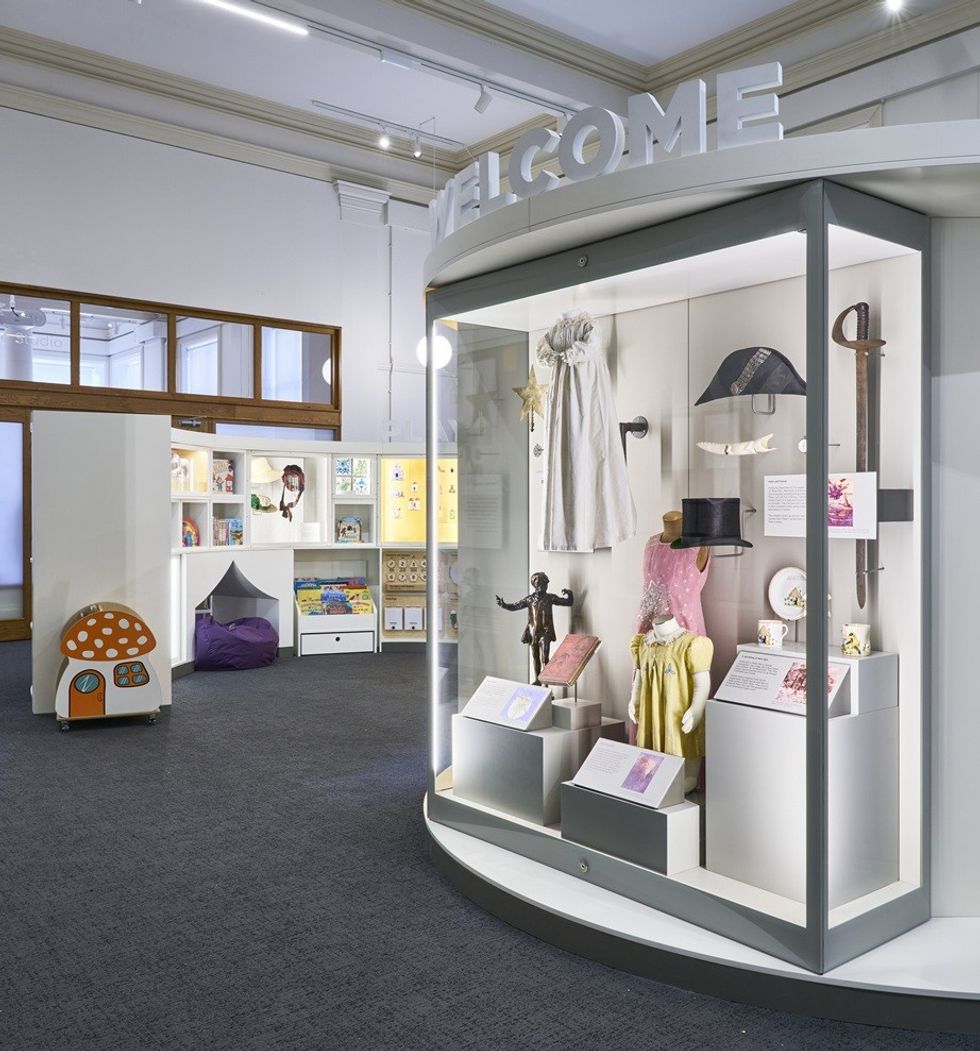 Courtesy Simon Critchley Photography
Courtesy Simon Critchley Photography Courtesy Michael Porter Photography
Courtesy Michael Porter Photography